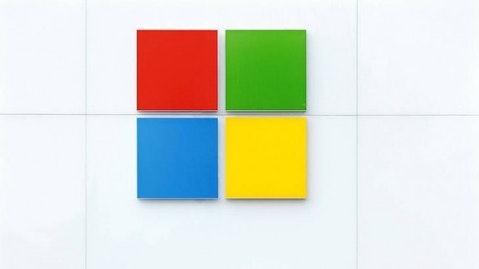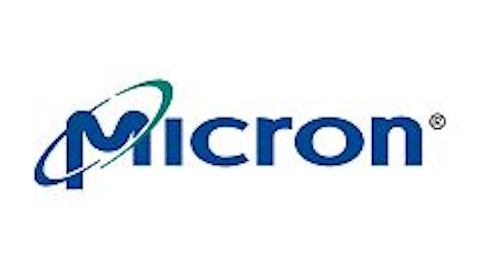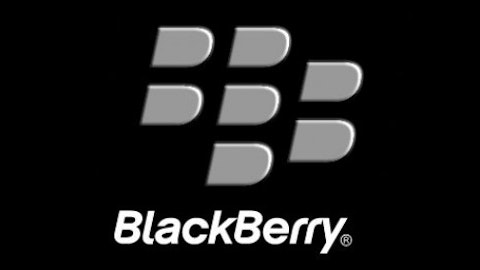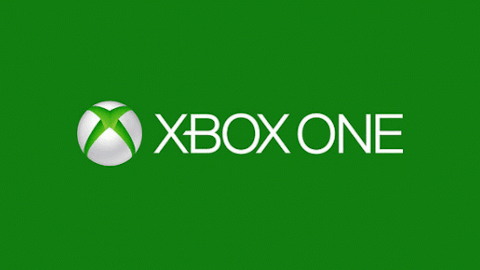Samsung announced a new tablet on Thursday. The device, named the ATIV Q, is a convertible tablet/Ultrabook hybrid that runs both Microsoft Corporation (NASDAQ:MSFT)’s Windows 8 and Google Inc (NASDAQ:GOOG)’s Android.
Samsung hasn’t announced the machine’s cost. Given its specs, it will probably be well over $1000. And on that fact alone, it’s unlikely to sell particularly well. Still, the device’s existence demonstrates the challenges Microsoft Corporation (NASDAQ:MSFT) continues to face with Windows 8.
The ATIV Q
The ATIV Q boasts a super high definition screen (better than Apple Inc. (NASDAQ:AAPL)’s Retina display) and an Intel i5 processor. It runs full Windows 8, but is lighter and thinner than Microsoft Corporation (NASDAQ:MSFT)’s Surface Pro. However, unlike the Surface Pro, the keyboard is not detachable, but the screen can be folded over to give a full tablet experience.
But its most notable feature is definitely the dual operating system. With the exception of iOS-only software, owners of the ATIV Q will be able to run just about any application out there.
And switching between the two operating systems can be done on the fly. You can even access an Android application directly from Windows 8 and vice-versa.
Microsoft’s floundering tablet strategy
Although I still think Microsoft has a chance (however slim) of becoming a player in the tablet market, the ATIV Q throws that notion into doubt.
The biggest problem with Microsoft Corporation (NASDAQ:MSFT)’s tablet strategy is the lack of apps in the Windows app store. Apple Inc. (NASDAQ:AAPL)’s iPad has nearly 500,000 apps available to it, whereas the Surface RT has about 60,000.
For tablets running full Windows 8 (like the Surface Pro) this is not so much a problem, simply because these tablets can run traditional PC applications. However, most PC applications were not designed with a touch-screen in mind, making them less tablet friendly than mobile apps.
It’s highly likely that users of the ATIV Q will use Android while in tablet mode, and in laptop mode, they’ll switch to Windows 8. Although Android still lags iOS, it’s far better than Windows in terms of available mobile apps.
The fundamental problem with Windows 8
But wait a minute, isn’t that exactly what Windows 8 was designed for? With Windows 8, Microsoft Corporation (NASDAQ:MSFT) was attempting to create an operating system that could bridge the gap between the desktop and mobile worlds. An operating system that could suit the needs of both tablet and non-tablet users.
As I’ve written in the past, Microsoft Corporation (NASDAQ:MSFT) has failed in that regard. And the ATIV Q is just further proof of that failure. Rather than relying on the mobile features of Windows 8, Samsung is bringing in Android to fill in the gaps.






